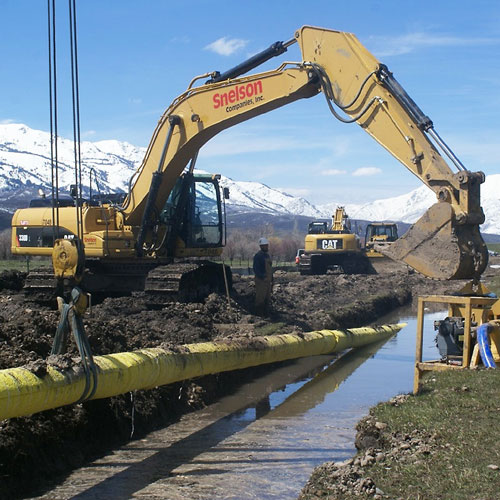“It was clear to me early on that humanity was unplugging its life-support systems one by one. When I was seven years old, we were asked to make a hat; I made a “recycling-sorting hat.” In high school, I secured a United Way grant to found an environment club.
My true “eureka” moment came doing fieldwork in Brazil. We were in an area known as the Atlantic Forest, almost 90 percent of which has been cleared for cattle ranching, where we worked to translocate an endangered primate species. It dawned on me one day that it was akin to rearranging deck chairs on the Titanic; instead, we should work with the corporations sourcing the cattle ranching that drove deforestation.
Where business places value on natural resources in a certain limited way—[for example,] gallons of water—a more comprehensive view considers the natural capital—water filtration, soil fertility, crop pollination, carbon sequestration—embodied in land.
Environmental groups shouldn’t view the private sector as the enemy; it can be a huge source of financial capital, creative problem-solving, and fast-paced action. Companies often have a loud megaphone and large distribution networks. The key is to identify new sources of revenue that are “sustainability-advantaged”—in other words, products, services, and processes that offer quality, affordability, and availability while also protecting or restoring natural capital. That’s the true “triple bottom line.”
When it comes to sustainability principles, I’m driven first and foremost by efficiency. Efficiency investments in buildings outperform venture capital and corporate bonds. Once the efficiency has been optimized, invest in on-site renewables and then offsets.
I’m at Autodesk because—unlike other technology—design and simulation software is one of the most effective means towards achieving the 80 percent [greenhouse gas] reduction needed to stabilize the climate. My team is creating software to virtually identify building energy hogs ripe for retrofit and to improve operational efficiency through sensors, simulate the performance of green stormwater infrastructure under different storm conditions, automate LEED-driven design, run life-cycle assessments of building materials, convert hundreds of ecolabels into live product-design dashboards, and automate triple-bottom-line analyses for infrastructure.
I’m an optimist, but environmental issues are a collective-action problem, so it will take political courage, enabling technologies, and new incentive systems. I can see signs of all of these today.”
As told to Russ Klettke


